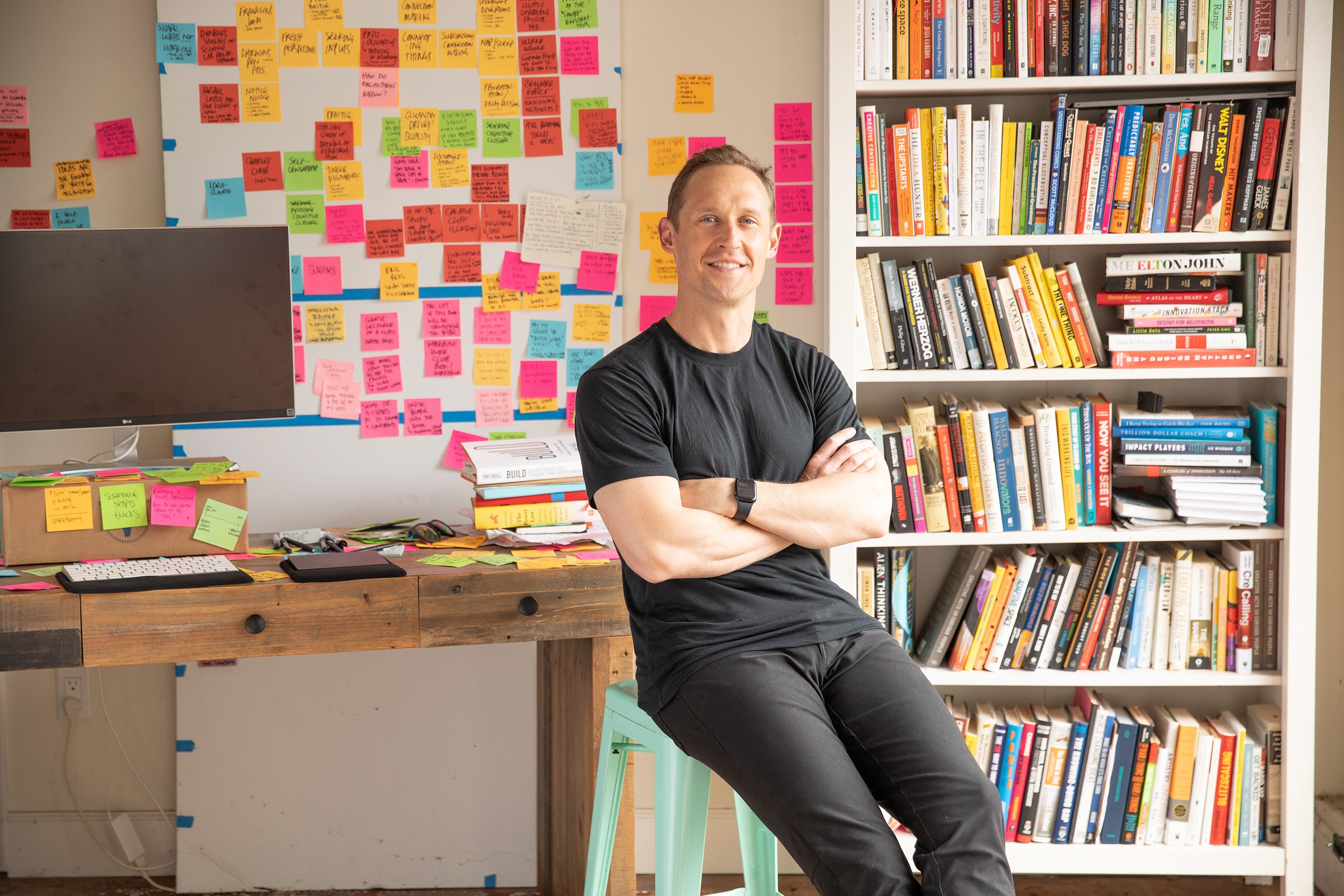
Methods of the Masters
A blog on the art & science of creative action.
Embrace the Outsider
It’s a well-known fact that Albert Einstein shattered the paradigm of physics as an “unqualified” outsider. Some might suggest his lack of status was actually a benefit.
Protect the Braintrust
Ed Catmull describes the rigorous process by which Pixar’s movies go from terrible, to exceptional. Drawing on insights from Isaac Asimov, here are a few rules to follow.
Take A Wonder Wander
Here’s one of the most popular tools we teach at Stanford. A simple, structured way to “think outside the box” and court the muse when you feel stuck on a problem.
Be Sparkable
One of the greatest compliments you can pay a collaborator at the d.school is to say they’re “sparkable.” What exactly does that mean? They’ve learned to have a particular effect on creative combustion.
Unbox Thyself
The need to “think outside the box” seems obvious. A few Nobel Prize winners share their thoughts on how to do it. (It’s not nearly as complicated as you might think.)
Recognize When You’re Stuck
Most breakthroughs sneak up on us, and can easily recede from our memories. Seeing when we’re stuck is an important step in rewiring some of our default ways of working.
Be Vulnerable
Jake Karls, co-founder of Mid Day Squares, flips the “perfectionist” script. Here he shares his unexpected formula for crafting deeply engaged fans.
Spark A Movement
Peter Sims, author of Little Bets and founder of BLKSHP suggests that a movement is superior to a network in a few distinct ways.
Attack Bias
How can a leader create an environment that’s hostile to bias, and one that cultivates the emergence of new ideas? Trier Bryant provides a simple framework to equip leaders with a plan of attack.
Squint At New Ideas
What can leaders do to promote creativity and innovation in their organizations? According to bestselling author and innovation guru Tom Kelley, when they’re shown new ideas, they should squint.
Say, “I Don’t Know”
“I don’t know,” might be three of the hardest words to say, especially for a professor. A leader is often conceived as the one who knows. And yet, not knowing creates space for the unexpected to emerge…
Reach Beyond Yourself
The most popular post in my Stanford Slack channel illustrates a profound source of creative wisdom: “Would anyone be interested in staying after class tomorrow to brainstorm experiments?”
Magnify Your Problem
What do you do when your work is under public attack? Few have grappled with the question as deeply as Becky Margiotta, co-founder and champion of the 100,000 Homes campaign.
Get Unstuck
This guest post comes from Ozan Varol, one of my favorite rocket scientists. It’s excerpted from his new book, “Awaken Your Genius,” which is sure to be on my year-end best books list!
Roast A Problem
Some problems can be hard to see from different perspectives. William Hardaway, a design leader in higher education recommends taking a light-hearted approach to exposing unexplored angles.
Request Criticism
Leaders at Stanford and Pixar have proven that one of the most powerful ways to accelerate the quality of our ideas is to actively seek and embrace critique.
Don’t “Come Up With” Ideas
I was blown away by Malcolm Gladwell’s response to the question, “If you were given a month to come up with an idea for a new story, what would you do?”
Win Every Conference (SXSW, X4, etc)
My simple, battle-tested strategy for winning at the conference game. Developed to help combat the tendency to comfort-seeking and awkwardness-reduction. Applied in cringe-worthy moments, with delightful results.
Assess Your Collaborators
Other minds represent one of the greatest sources of inspiration and leverage for problem solving endeavors. Ask these three questions to identify gaps in your portfolio of perspectives.



















